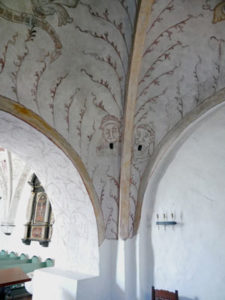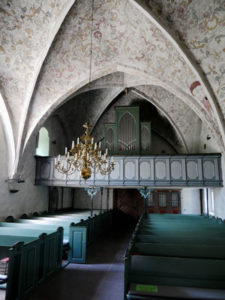Oeversee St Georg







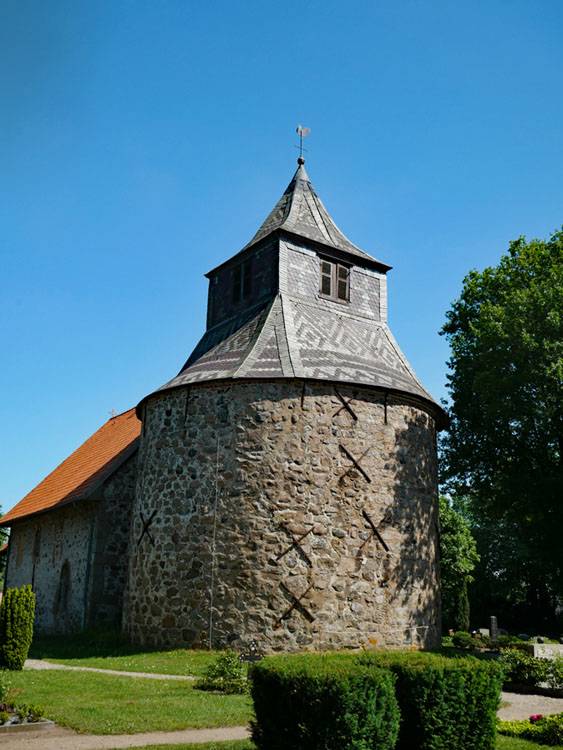


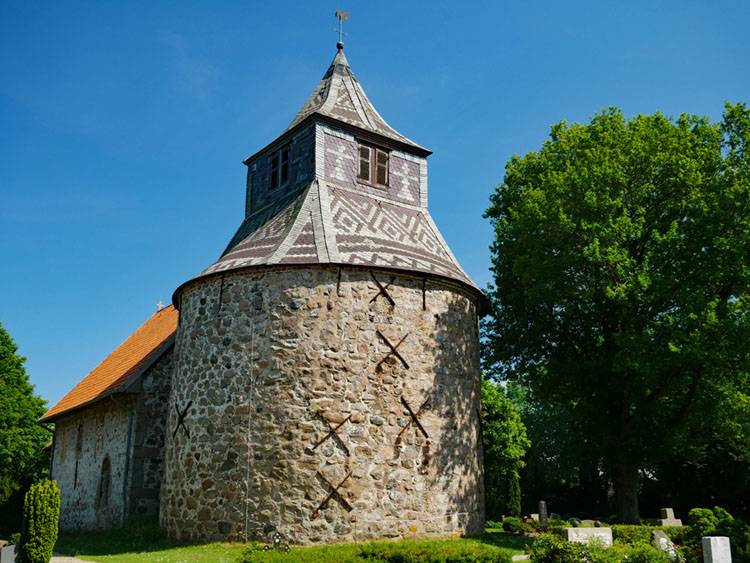

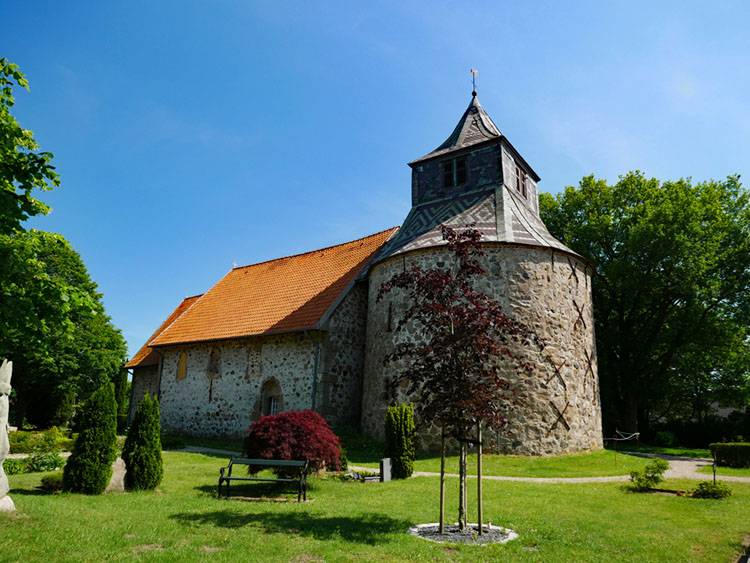


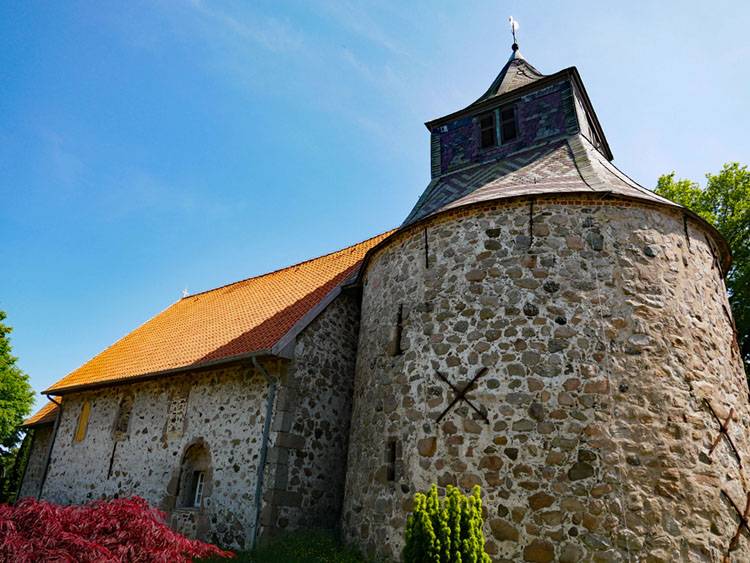








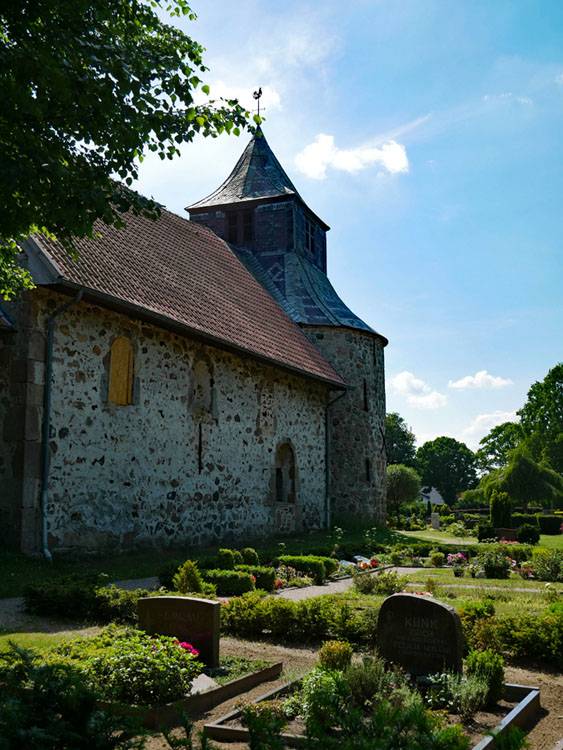



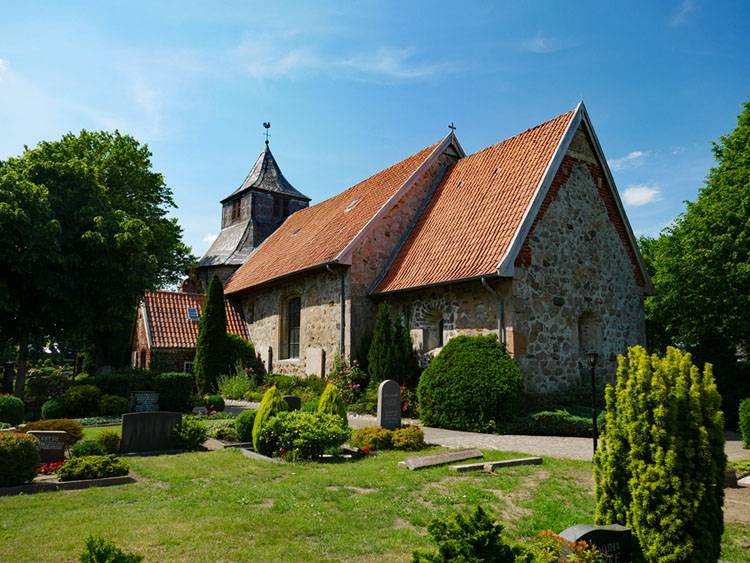



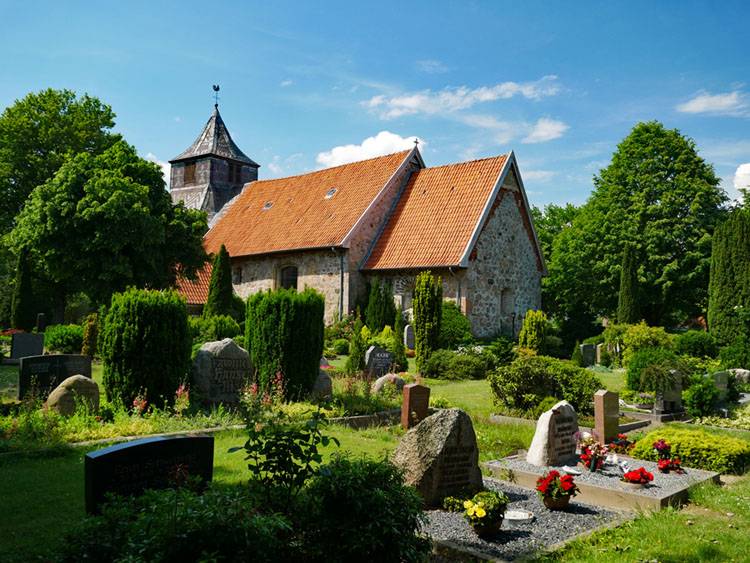













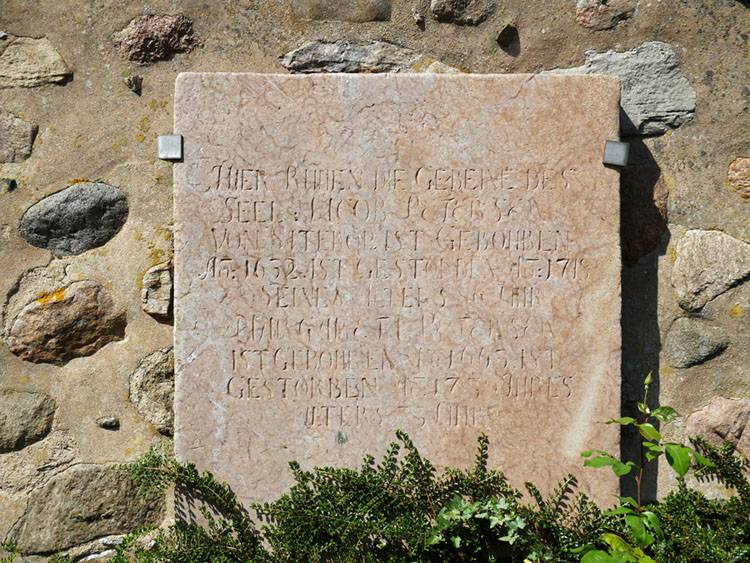
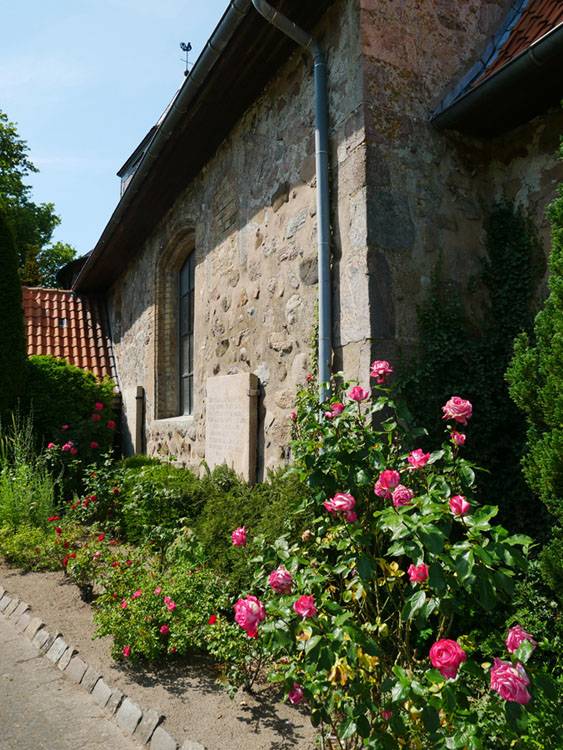





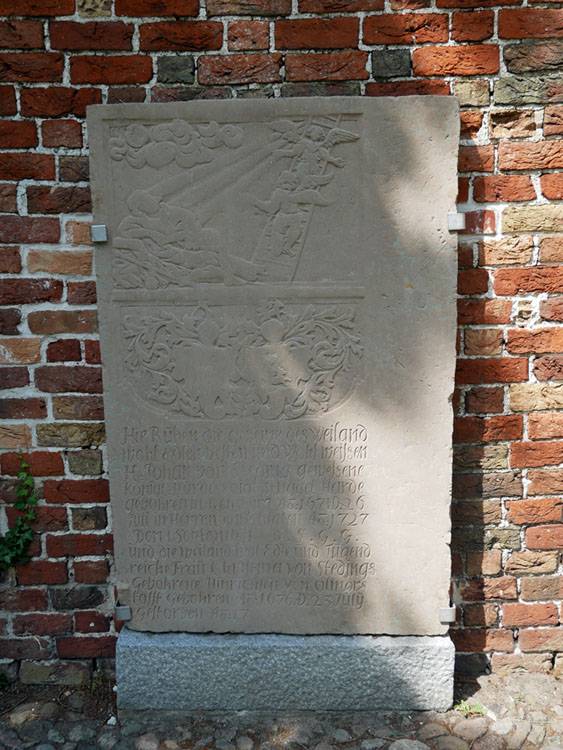







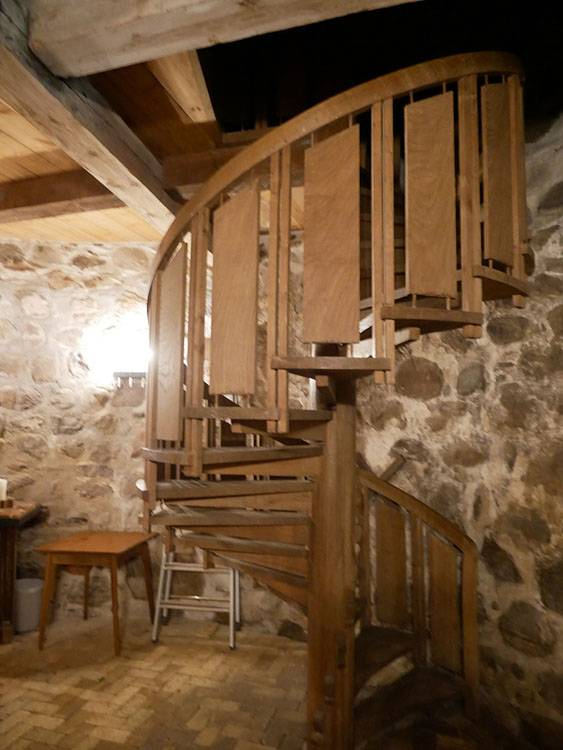




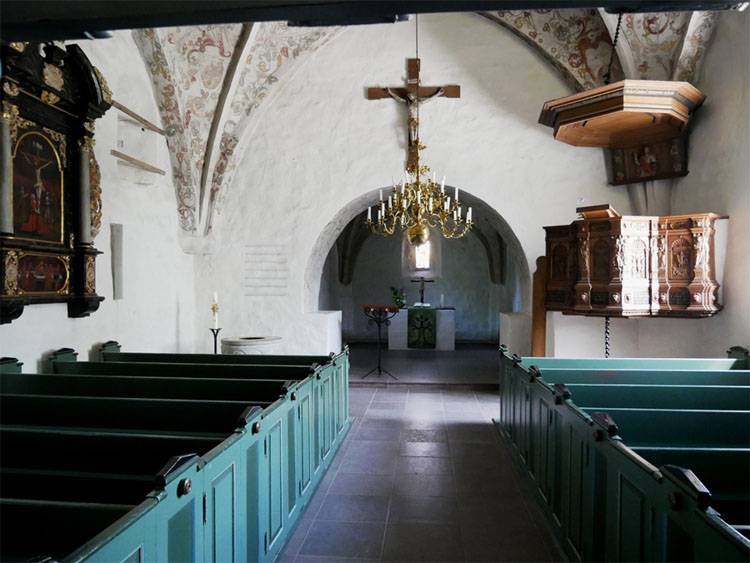














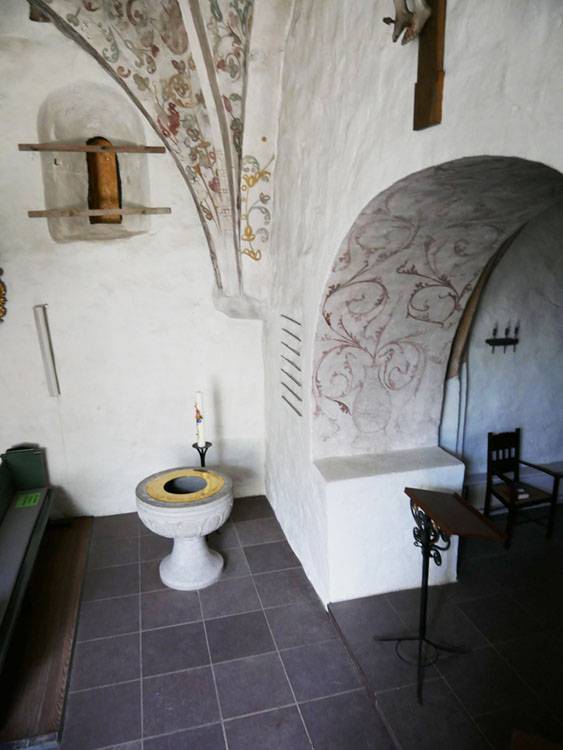

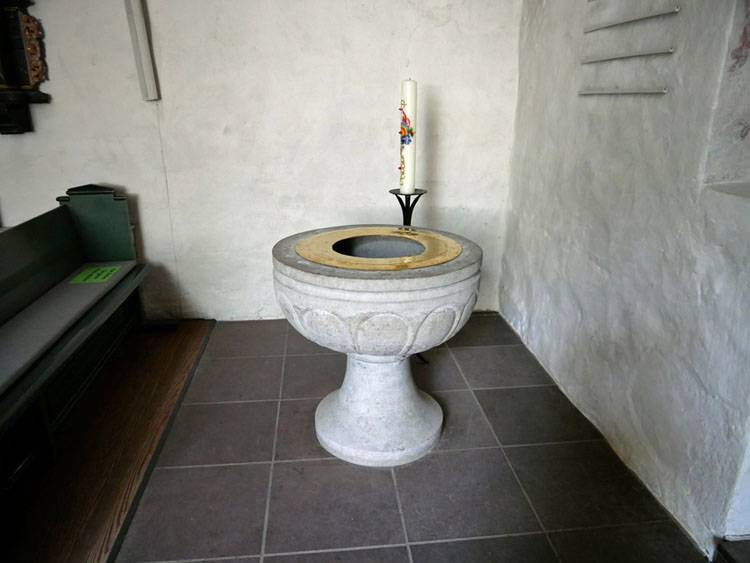




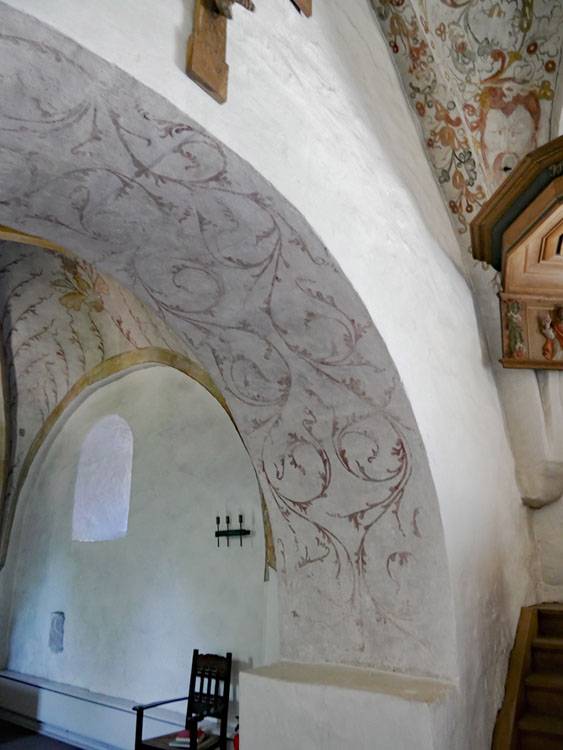






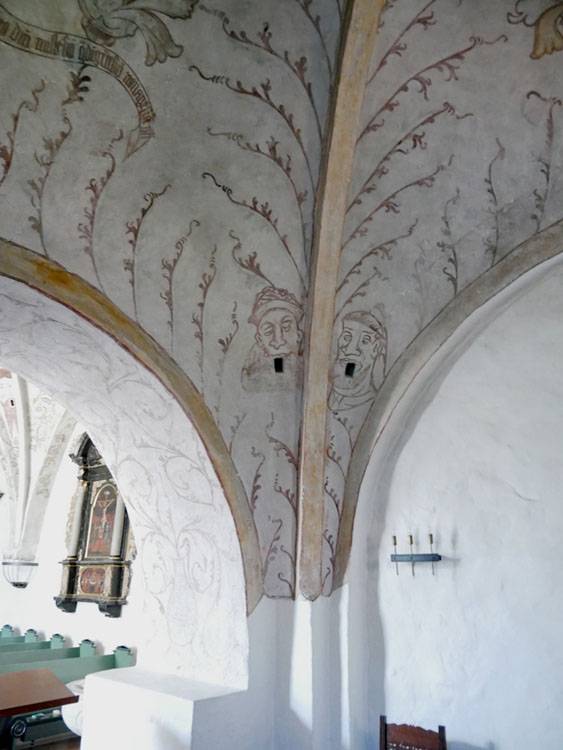

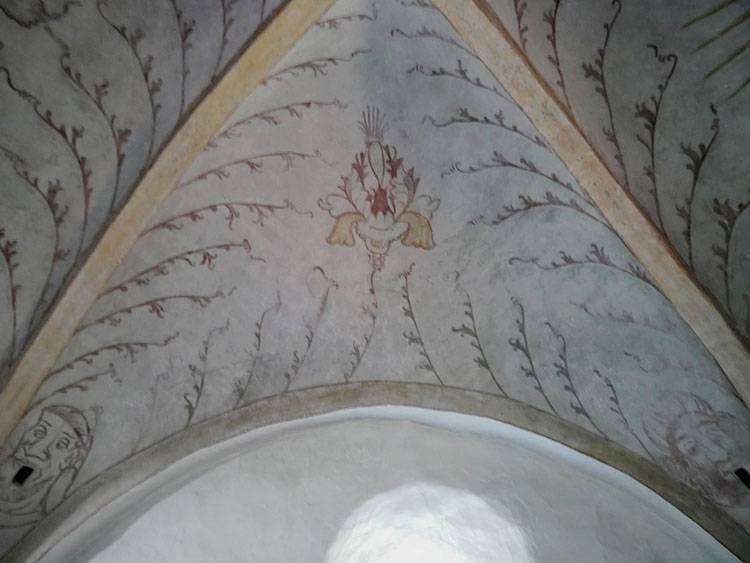
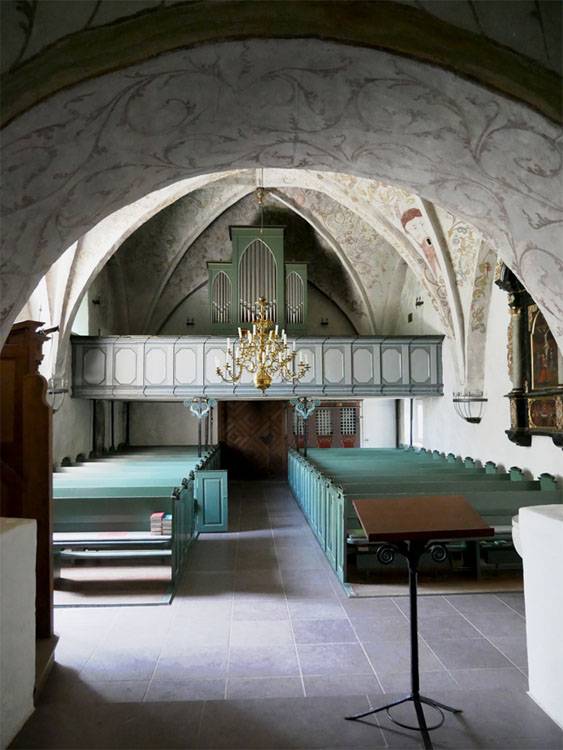















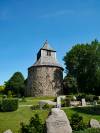
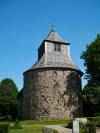



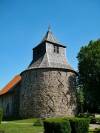











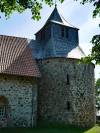




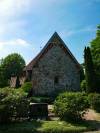













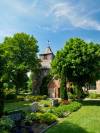


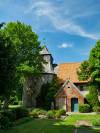

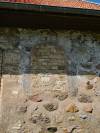
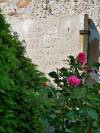



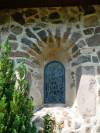


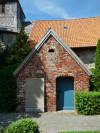

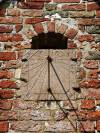

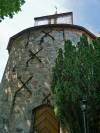
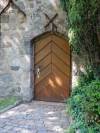

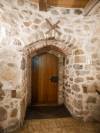



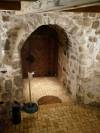
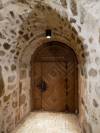




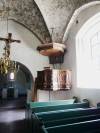








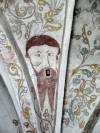
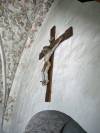


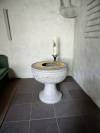



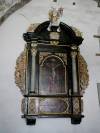





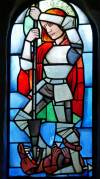

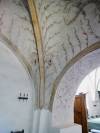








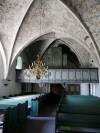







St Georgs-Kirche Oeversee
Where to find this church
Church Information
St Georgs-Kirche is located in Oeversee, a village in Schleswig-Holstein about 6 miles south of the town of Flensburg, and about 10 miles south of the border with Denmark.
This church is usually open to visitors
* denotes external links that open in a new window


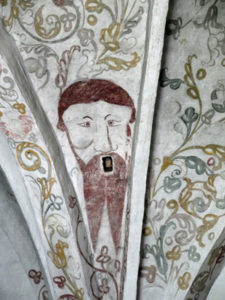
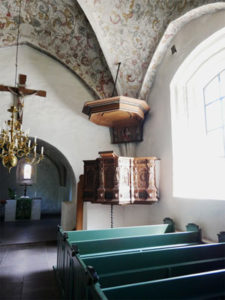
Visiting Oeversee St Georg
St Georg is the most northerly of the Round Tower Churches in Schleswig -Holstein. It is located in Oeversee, about 6 miles south of Flensburg, and 10 miles south of the border with Denmark. It is also one of the churches that is always open to visitors, which was also the case during our last visit in summer 2020. The location of the church on the Ochsenweg (Heerweg) and on the Treene River, as described above, was essential for its development. The Ochsenweg ran parallel to today’s Europastraße 3 about 1000 m to the east between the forests of Angeln and the heights at Sankelmarker See. It was the only traffic route in the countryside between Scandinavia and the rest of Europe. A trade route branched off from it at Oeversee, the so-called Stapelholmer Weg, which led along the north bank of the Treene to Hollingstedt (the North Sea port of the Viking city of Haithabu) and on to Tönning in the Eider estuary (later the most important port to England in Jutland). It is not possible to date the church exactly, but it is assumed that construction at least began during the reign of Bishop Alberus of Schleswig (until 1135). It was and is dedicated to St. George, patron saint of travellers.
The church is surrounded by a very beautiful and well-kept cemetery. To the north of the tower is a statue of an angel that is well worth seeing.
Like many of the other Round Tower Churches in Schleswig-Holstein, the church is a Romanesque fieldstone building from the 12th century. However, St George’s interior was later remodelled in late Gothic style. The round tower here clearly served defensive purposes, as can be seen from the still preserved embrasures. Oeversee was thus probably part of a system of fortifications. Although a porch was added in the late Middle Ages, this is not the entrance to the church; it is located on the south wall of the tower. You enter the ground floor of the tower first; here a staircase leads up the tower, but you can only get to the first floor, the doors there are all locked. The nave is reached through an archway in the metre-thick east wall of the tower. Here you get a sense of how solidly this tower was built, which reinforces the assumption that it was a fortification.
Inside, the church has a lot to offer. On entering under the west gallery, one immediately notices the late Gothic cross vaulting of the nave, which is also continued in the choir. The vaulting in the choir was done in 1497, in the nave 30-40 years later. The paintings are spectacular here as well as there: in the nave vault an early Renaissance painting with tendril work and individual scenes and figures, in the choir vault late Gothic paintings with a crescent moon Madonna, grimaces and tendril work. A painting of a noble couple behind the organ cannot be seen by the visitor because the stairway to the west gallery is closed. The paintings were only discovered in 1965 under more recent layers of painting (1620 and 1889) and uncovered by the restorer Carl Fey-Talmühlen from Ahrensbök.
On the northern wall of the nave is the baroque former altarpiece from 1736. Further towards the chancel arch, one of the original three Romanesque windows (still clearly visible on the outside) was uncovered during renovation work. The large south window was built in place of the Romanesque windows that had been bricked up. The history of the baptismal font made of limestone from Gotland in Sweden, which probably dates back to the time when the church was built and is now in use again, is also interesting: it probably stood on a farm in the parish for more than 250 years and was used as a cattle watering place. A Rococo wooden baptismal font (from 1714) was installed in the church until 1968.
The Renaissance pulpit dates from the early 17th century, and is richly decorated with carvings. Scenes from the life of Jesus can be seen, in between female figures representing the Christian virtues. The accompanying sound lid is from 1705. The triumphal cross above the chancel arch is from the beginning of the 16th century. The altar, made of Gothic limestone, probably dates from the time the church was built, while the windows in the choir are modern and were executed by the Flensburg artist Käthe Lassen in 1936. The west gallery is from 1713, the organ there from 1846. The bronze bell in the tower was cast by Armowitz in Husum and dates from 1741.
Conclusion: beautiful open church always worth a visit


